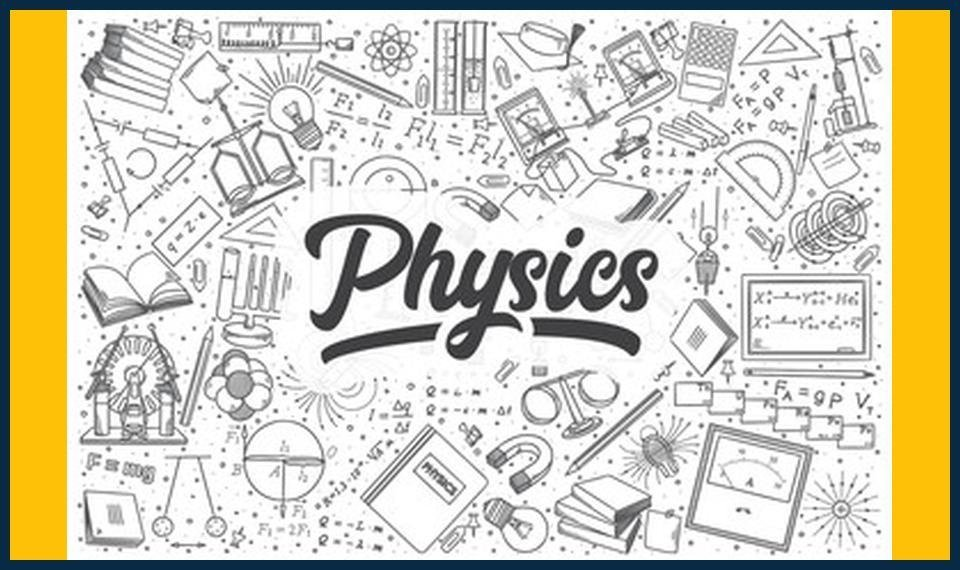![]()
Embracing the Differences: Foundation vs. Higher Tier Students 🌟
Understanding the unique needs of foundation and higher tier students is crucial for academic success. While both groups strive for excellence, their learning approaches can differ significantly. Here’s how to tailor your teaching strategies to cater to these differences.
Foundation Tier Students: Building Solid Foundations 🏗️
Foundation tier students are typically those who are new to a subject or require a more supportive learning environment. They benefit from a patient, structured, and repetitive approach.
- Simplify Complex Concepts 🔍
Break down complex ideas into manageable parts, using everyday examples to make learning relatable and engaging.
- Focus on Basics 🔑
Ensure students have a strong grasp of fundamental concepts before moving on to more advanced topics.
- Encourage Participation 🗣️
Active participation encourages understanding and retention. Regularly ask questions and foster a safe environment where students feel comfortable sharing their thoughts.
Higher Tier Students: Challenging and Inspiring 🌐
Higher tier students are usually more advanced and require intellectual stimulation and challenge.
- Encourage Critical Thinking 💭
Provide opportunities for problem-solving and analysis. Encourage students to question, debate, and challenge their own assumptions.
- Offer Advanced Material 🚀
Challenge students with advanced reading, projects, and discussions to keep them engaged and motivated.
- Foster Independence 🤝
Empower higher tier students to take ownership of their learning by setting meaningful, challenging goals and providing resources to help them achieve them.
Leveraging Online Tutoring 💻
Online tutoring can be a powerful tool for both foundation and higher tier students. It offers flexibility, one-on-one attention, and access to a wide range of resources.
- Personalised Learning 🎯
Tailor lessons to meet each student’s unique needs, learning style, and pace.
- Interactive Activities 🎲
Use interactive tools and activities to make learning fun and engaging.
- Regular Feedback 📝
Provide constructive feedback to help students improve and track their progress.
Revision Tips and Tricks 📚
- Create a Study Schedule 🗓️
Encourage students to plan their study time effectively, allowing for breaks and variety to maintain focus.
- Use Visual Aids 📈
Visual aids like diagrams, charts, and mind maps can help students understand and retain information more effectively.
- Practice Past Papers 📃
Practicing past papers is an excellent way to build exam confidence and familiarise students with question formats.
FAQs ❓
Q: What’s the best way to motivate foundation tier students?
A: Offer praise, set achievable goals, and create a supportive, positive learning environment.
Q: How can I challenge higher tier students?
A: Provide advanced materials, encourage critical thinking, and set challenging, open-ended questions.
Q: What’s the role of parents in supporting their child’s learning?
A: Parents can provide a supportive home environment, monitor progress, and encourage regular study.
Q: How can I make learning fun for foundation tier students?
A: Use everyday examples, games, and interactive activities to make learning enjoyable and engaging.
Q: What’s the best way to use online tutoring for higher tier students?
A: Tailor lessons to meet individual needs, use interactive tools, and provide regular feedback.
Q: How can I help my child revise effectively for exams?
A: Encourage a study schedule, use visual aids, and practice past papers.
Q: What’s the difference between foundation and higher tier teaching?
A: Foundation tier teaching focuses on building a solid foundation of knowledge, while higher tier teaching challenges students with advanced materials and critical thinking exercises.
Q: How can I find the right online tutor for my child?
A: Look for tutors with expertise in your child’s subject, positive reviews, and a proven track record of success.




